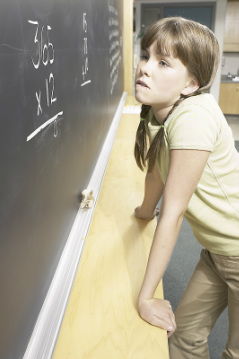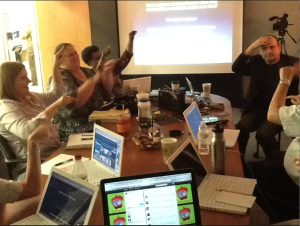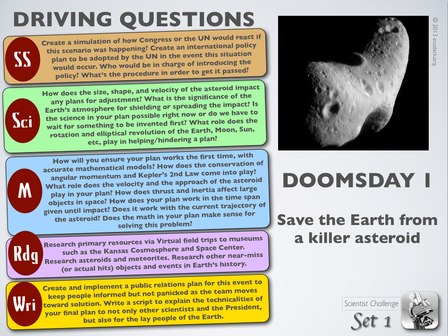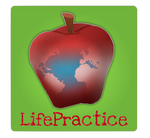I was sent this question the other day from a young man who used to attend classes virtually at my school and who is now in his own teacher ed prep program. As I was constructing a response, I figured it might make a nice post. So here you go!
Question:
Ginger, If you have the time, what were some of the strategies you used to catch your students “doing something right”.
First of all, I love this topic. So much of our time as educators is spent “correcting” kids or helping them to do better, which pre-supposes they’re doing something wrong. No, I believe to the very core of my soul that if we want kids to do better, we have to start from and build on the foundation we want to grow. We need to build on the foundation of kids doing Right.
So in response to that question above, I submit 10 ways we would catch kids doing Right:
Answer:
Question:
Ginger, If you have the time, what were some of the strategies you used to catch your students “doing something right”.
First of all, I love this topic. So much of our time as educators is spent “correcting” kids or helping them to do better, which pre-supposes they’re doing something wrong. No, I believe to the very core of my soul that if we want kids to do better, we have to start from and build on the foundation we want to grow. We need to build on the foundation of kids doing Right.
So in response to that question above, I submit 10 ways we would catch kids doing Right:
Answer:
- I intentionally looked for it.
- I put them into situations where they got to work in their strengths. In their learning styles.
- I asked them to do work that they loved or were excited in.
- We laughed and had fun. A LOT.
- We created an environment of caring and sharing between students and students-staff.
- I asked parents what their kids were good at. What they liked. What they wanted.
- I asked kids what they were good at. What they liked. What they wanted.
- We always celebrated doing the Right thing.
- We made it ok to be weird (Everyone is somebody else’s weirdo. You think you’re normal? How weird is that?!), so it was a safe environment to be someone they might not normally be. To try new things.
- I intentionally looked for it. (I put that twice because it’s doubly important, especially for those kids who NEED us to catch them doing right.)





 RSS Feed
RSS Feed
